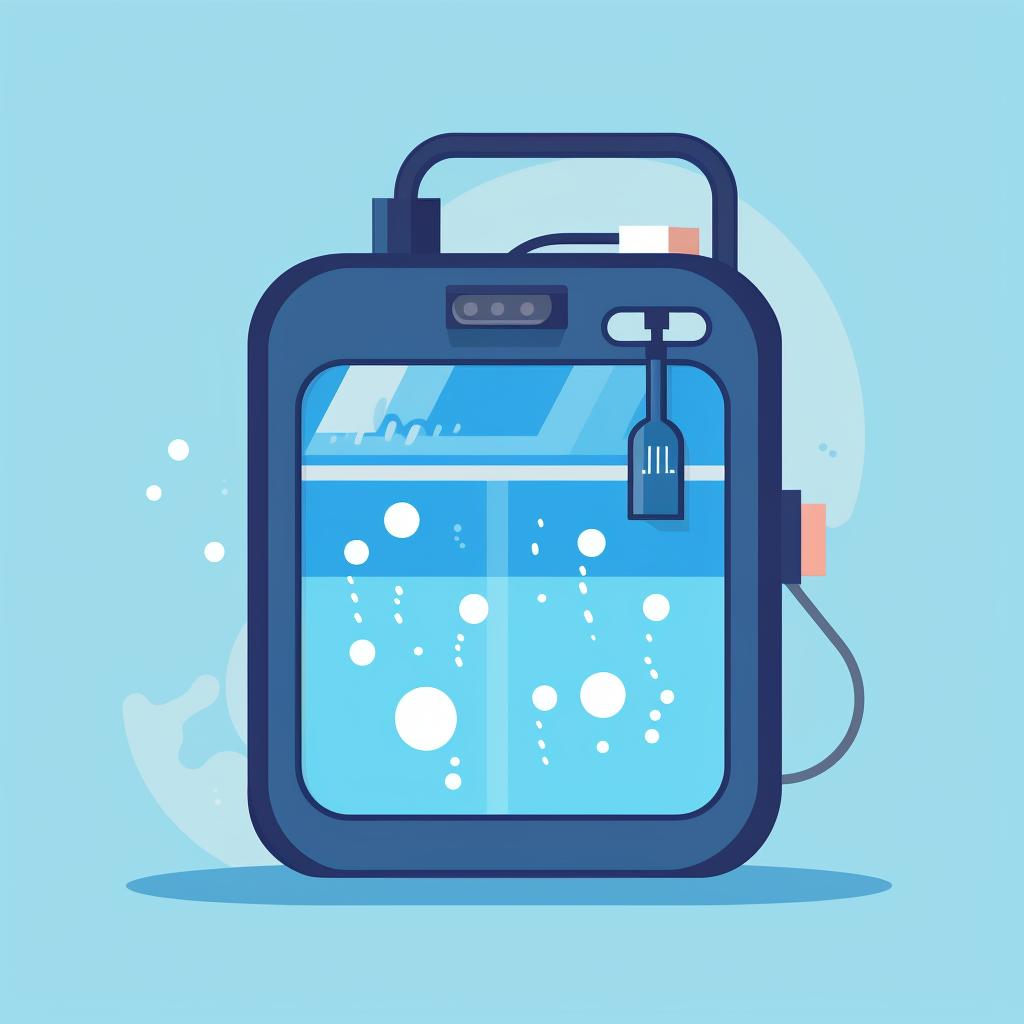Mastering Marine Battery Maintenance: A Step-by-Step Guide
Marine batteries are the heart of your boat's electrical system, and maintaining them properly is vital for optimal performance and longevity. Following the steps outlined in our guide above will ensure your battery stays in top shape, but let's delve a little deeper into the importance of each step and how they contribute to your battery's overall health.
Regular Inspection is the first line of defense in battery maintenance. By routinely checking for signs of damage or wear, you can catch potential issues before they become serious problems. Learn more about what to look for in our article on Understanding and Testing Your Battery Health.
Keeping your Battery Terminals Clean is crucial for ensuring a good connection between your battery and your boat's electrical system. Corrosion can cause resistance, which can lead to poor performance and even battery failure. Our guide on Prolonging Your Battery's Lifespan provides more tips on maintaining your battery's terminals.
Ensuring Proper Water Levels is essential for batteries that aren't maintenance-free. If the water level drops too low, the battery's lifespan can be significantly shortened. For a detailed explanation on how to maintain proper water levels, check out our article on Mastering the Art of Battery Charging and Storage.
Avoiding Deep Discharge can significantly extend your battery's lifespan. Deep discharges can cause damage to the battery's cells, reducing its capacity and lifespan. Learn more about how to avoid deep discharges in our guide on Extending the Life of Your Car Battery.
Lastly, Proper Storage is key when your boat isn't in use, especially during the winter months. A stored battery should be kept in a cool, dry place and periodically recharged to maintain its health. For more tips on proper battery storage, read our article on Properly Storing Boat Batteries.
Remember, a well-maintained battery is a reliable battery. By following these steps, you can ensure your marine battery will be ready to power your adventures for years to come.













